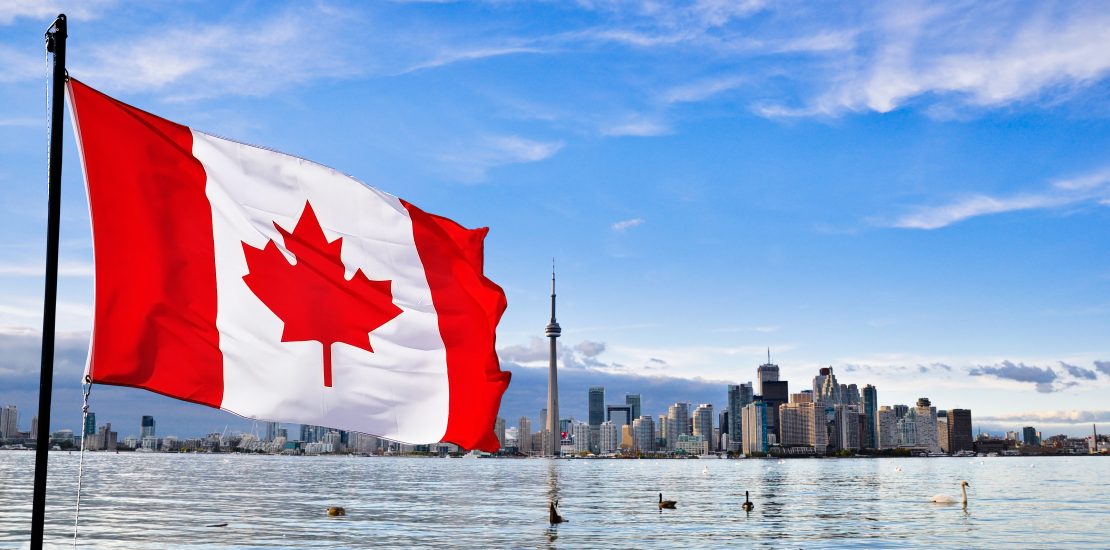
23 Feb Canada’s $440 million commitment towards three years immigration increase strategy
Canada’s $440 million commitment towards three years immigration increase strategy
Canada’s federal government is up with the multi-year immigration levels plan and this would require support worth $400million. Revealing the plan, Canada’s Immigration Minister, Ahmed Hussen presented an update of the same before the Parliament’s Standing Committee on Citizenship and Immigration on Thursday.
The three-year immigration plan of Canada covering a period between 2018 to 2020 was put forward in November 2017 that aims at a gradual increase in the immigration levels over that span of time targeting an average admission of 310,000 to 340,000.
Minister Hussen, in his statements said that the country’s new strategy represents the highest percentage of immigration in more than 40 years and the highest admissions in more than 100 years and that about sixty percent of this hike would come through the country’s economic immigration programs worked upon by Canada’s Federal Express Entry system and Provincial Nominee Programs (PNPs). The Express Entry system would be engaged in selecting skilled immigrants which would be comparatively higher in this span of time, which implies more highly skilled talent for the country’s labour market.
In his statements, Hussen highlighted that the Provincial Nominee Programs form a key driver for the multi-year level plan by allowing the country’s provinces and territories each year to nominate a set number of immigrants for permanent residence.
As per the goals of the Immigration, Refugees and Citizenship Canada (IRCC), the three economic immigration programs managed through the Express Entry system – the Federal Skilled Worker Class, the Federal Skilled Trades Class and the Canadian Experience Class would be engaged in new admissions of 242,100 and new admissions through the PNPs would see an hike by 23 percent within the three stipulated years.
The candidates admitted through Express Entry with a provincial nomination receive a hike in the Comprehensive Ranking System score by about 600 points. These candidates are well-positioned and get subjected to invitations from the IRCC to apply for Canadian permanent residence.
Hussen in his speech praised the Provincial economies and stated that they had asked for help to meet the soaring demand for workers and skilled labour and for increases. As a matter of fact, an increase every single year as part of the three-year plan can be well witnessed.
Predicted outcomes of the plan
As stated by Hussen, unlike the one year at a time admission plan, as has been the norm for the last 15 years, admission plans of over three years would ensure that the government and the service provider partners are in a better position to plan for newcomer-specific settlement needs.
The minister further said that as per present expectations, the higher immigration levels would leave rooms to improve the operations of the immigration system, improve processing times for the clients and help to reduce application backlogs and that in certain categories the increased levels would also allow IRCC to process more applications per year.
The country expects to see real progress in the reduction of processing times in family, caregiver and refugee programs. Faster processing would also ensure that employers get the desired talent more effectively.
A day before his standing committee update, the immigration minister Hussen, announced that the government had successfully met its promised 12-month deadline to reduce the backlog of Spousal Sponsorship applications by 80 percent.
The necessity of immigration plans
Ahmed Hussein stated that the government’s immigration objectives are supported by independent studies by organizations like the Conference Board of Canada, which late last year had suggested Canada’s need to increase immigration levels by around one percent of the country’s population over the next two decades for the economic growth of the country.
The minister said that by the year 2020 immigration would form 0.9 percent of Canada’s population under the multi-year levels plan.
In accordance with the last 47 years decreasing the ratio of workers to aging Canadians, Hussen said that every Canadian invested his interest in increased immigration levels. He further said that immigration constitutes about 65 percent of the net population growth of Canada and immigrants constitute about 25 percent of the country’s workforce.
In addition, Hussen justified how necessary it is to exercise efforts to attract immigrants with the skills Canada needs so that the size of its labour force and its economy could grow and the national social programs are maintained. He also explained how immigration would support the public health care system and public pensions.



Sorry, the comment form is closed at this time.